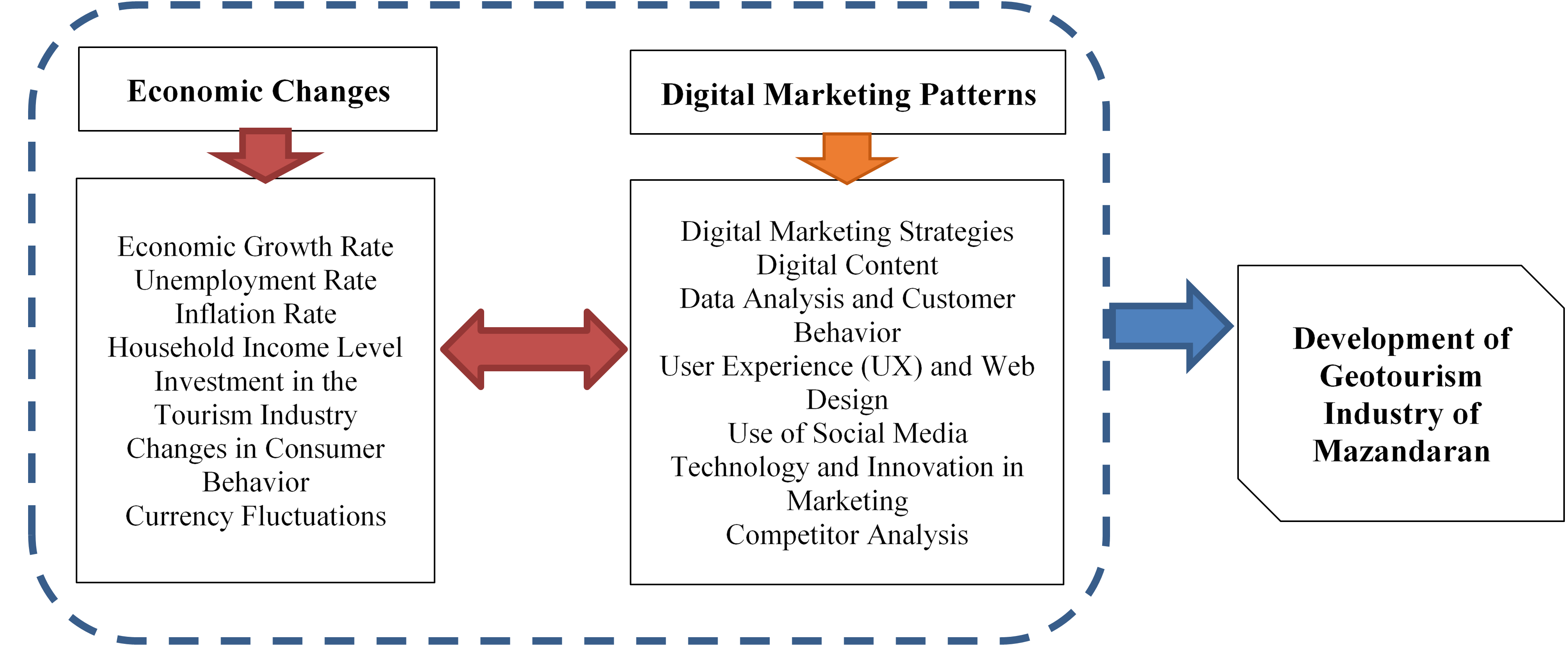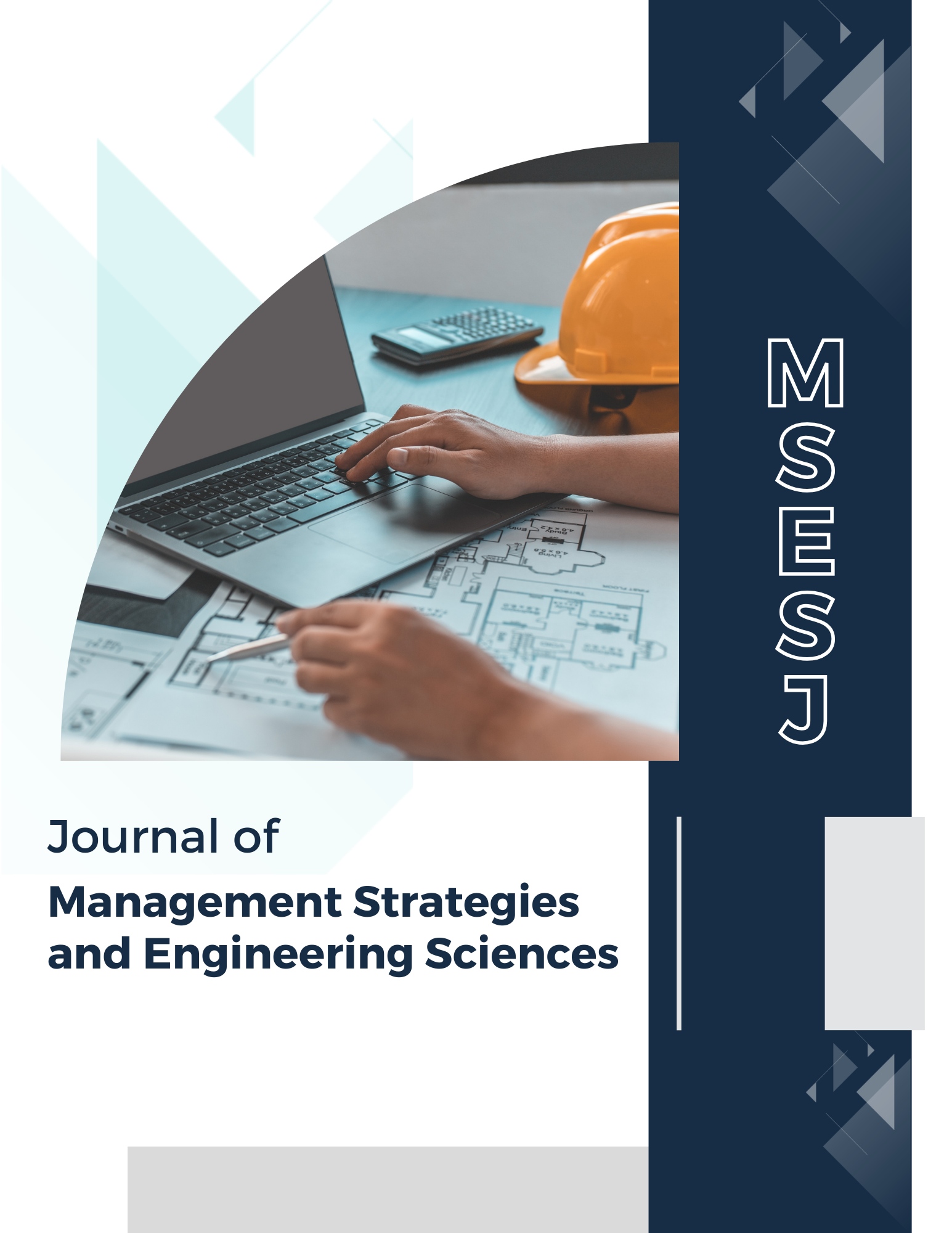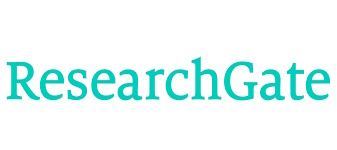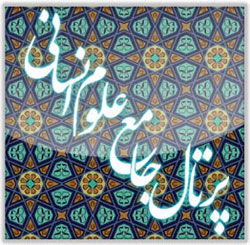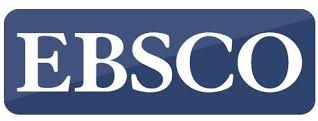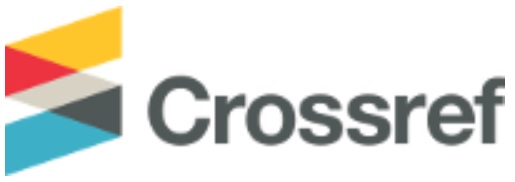The Impact of Economic Changes on Digital Marketing Patterns in the Geotourism Industry of Mazandaran
Keywords:
Consumption patterns, digital marketing, economic changes, geotourism, MazandaranAbstract
The geotourism industry, as a subset of the tourism sector, is significantly influenced by economic changes and digital marketing patterns. This study aims to examine the impact of economic changes on digital marketing patterns in the geotourism industry of Mazandaran Province. This study adopts a descriptive-analytical approach and employs quantitative methods. Data were collected through the distribution of structured questionnaires among 50 experts and practitioners in the tourism industry of Mazandaran. The statistical population included all experts and managers related to the geotourism industry as well as tourists in the region. To analyze the data, the Technique for Order Preference by Similarity to Ideal Solution (TOPSIS) multi-criteria decision-making model was utilized to assess the extent to which the counties of Mazandaran Province have benefited from economic changes and digital marketing patterns. The results indicated that Neka County, with the highest final score (18113.89) and ranking first, is the most successful county in leveraging economic changes and implementing effective digital marketing strategies. In contrast, Ramsar and Babol counties, ranked 16th and 15th, respectively, face more challenges in this regard. Additionally, Sari, Miandorud, Babolsar, and Fereydunkenar counties were identified as regions with strong potential for attracting tourists. These findings enable decision-makers and geotourism industry practitioners to identify the strengths and weaknesses of each county and formulate more optimal strategies for improving economic conditions and enhancing digital marketing activities. Ultimately, this research can contribute to the sustainable development of the geotourism industry in Mazandaran.
References
E. Salimi Nia, M. Zandeh Del, and M. Rezvani Chaman Zamin, "Presenting a digital marketing model based on electronic advertising," Development and Transformation Management, vol. 58, pp. 134-146, 2024.
S. H. Rasouli, A. Rajabi, and S. D. Motavalli, "Explanation of the urban sustainable tourism model for regional development (Case study: Sari City)," Urban Future Studies Quarterly, vol. 4, no. 2, pp. 65-84, 2024. [Online]. Available: https://civilica.com/doc/2092141.
S. Hozoori, K. Heydarzadeh Henzabi, M. Khun Siawash, and M. A. Abdolvand, "Designing a model for consumer behavior in beauty and fashion using digital marketing (Qualitative approach - Grounded theory)," Marketing Management, vol. 64, pp. 2-11, 2024.
A. B. Kapiarsa, F. Kurniawan, Y. Ali, and M. Supriyatno, "The Safe Indonesian Capital from The Defense Geography Perspective (Study Case: Kutai Kartanegara & Penajam Paser Utara Regency, East Borneo Province)," in IOP Conference Series: Earth and Environmental Science, 2020, vol. 409, p. 012052, doi: https://doi.org/10.1088/1755-1315/409/1/012052.
B. Azhari and A. B. Santoso, "Tinjauan Geografi dalam Pengembangan Desa Wisata Serang di Kecamatan Karangreja Kabupaten Purbalingga," Geo-Image, vol. 8, pp. 157-169, 2019.
M. Rajabi and F. Rangarz Farough, "Estimating the geotourism capabilities of hot springs in East Azerbaijan Province for health tourism development," Hydrogeomorphology, vol. 39, pp. 63-80, 2024.
S. A. Solarin, R. Ulucak, and S. Erdogan, "Assessing the Economic Impacts of Tourism Markets and Activities Diversification: Evidence from a New Dynamic Regression Approach," Journal of Travel Research, 2023, doi: https://doi.org/10.1177/00472875231203395.
S. Seyed Beigi, A. Bani Amiri, M. Rezvani, and S. H. Rasouli, Urban planning in the digital age. Tehran: Intelligent Tadbir Publishing, 2019.
M. Abedini and D. Taghizadeh, "Investigating and evaluating the geotourism capabilities of Khalkhal County using Hadzic and Fiolt models," Tourism Space, vol. 52, pp. 1-12, 2024.
A. Wibowo, D. R. A. Muhammad, E. Lestari, and R. Karsidi, "Development of a Language Tourism Village Based on Local Natural Resources and the Local Community (A Case Study in Karanganyar Regency, Central Java, Indonesia)," in 1st International Conference on Sustainable Agricultural Socio-economics, Agribusiness, and Rural Development (ICSASARD 2021), 2021, pp. 96-103.
M. A. Torabi, S. M. S. Milani, and I. Abasian, "Critique and review of post-human marketing structures: Beyond digital marketing and artificial intelligence," Smart Marketing Management, vol. 5, no. 3, pp. 2-10, 2024.
W. R. Adawiyah, A. Praptapa, P. D. I. Kusuma, and Z. Sholikhah, "Promoting Local Potential as a Strategy to Develop Tourism Village," Geo Journal of Tourism and Geosites, vol. 31, pp. 1113-1118, 2020, doi: https://doi.org/10.30892/gtg.31324-547.
M. Moghaddar, M. Shirkhodaei, and F. Rahmani, "Identifying and ranking key success indicators of tourism websites for digital destination marketing," Tourism and Leisure, vol. 17, pp. 190-207, 2024.
M. A. Esquivias, L. Sugiharti, H. Rohmawati, and N. Sethi, "Impacts and implications of a pandemic on tourism demand in Indonesia," Economics & Sociology, vol. 14, pp. 133-150, 2021, doi: https://doi.org/10.14254/2071-789X.2021/14-4/8.
M. D. Petrović et al., "How Can Tufa Deposits Contribute to the Geotourism Offer? The Outcomes from the First UNESCO Global Geopark in Serbia," Land, vol. 12, p. 285, 2023, doi: https://doi.org/10.3390/land12020285.
P. Shokri Firoozjah, S. Malania Jaloudar, and S. H. Rasouli, "An analysis of the role of responsible tourism components in the development of coastal sustainable tourism: A case study of Behnameer City," Tourism Planning and Development Quarterly, vol. 37, pp. 261-282, 2021. [Online]. Available: https://www.doi.org/10.22080/jtpd.2021.19516.3343.
Z. Tahmasbpour, A. A. Farhangi, A. Naami, and F. Asayesh, "Investigating how digital marketing impacts the development of the tourism industry (Case study: Hotels on Kish Island)," Shabak, vol. 7, no. 6, pp. 117-128, 2021. [Online]. Available: https://sid.ir/paper/967385/fa.
K. Matshusa and L. Leonard, "Proposed Governance Model for Geotourism and Geoheritage in South Africa and the Implications for Africa," Geoheritage, pp. 15-19, 2023, doi: https://doi.org/10.1007/s12371-022-00783-9.
A. E. Rezaei and M. Azami, "Investigating the impact of electronic marketing on the promotion and development of the tourism industry in Hamadan," New Research Approaches in Management and Accounting Quarterly, vol. 5, no. 52, pp. 25-35, 2021.
C. Haksoro, Y. Priyana, and R. Hakim, "Analysis of geotourism promotion strategies based on social media in Karanganyar Regency, Indonesia," in IOP Conference Series: Earth and Environmental Science, 2024, vol. 1314, pp. 12/08/2023-12/08/2023.
M. Molokáč, E. Kornecká, H. Pavolová, T. Bakalár, and M. Jesenský, "Online Marketing of European Geoparks as a Landscape Promotion Tool," Land, vol. 12, no. 4, p. 803, 2023, doi: https://doi.org/10.3390/land12040803.
